Search
Search Results
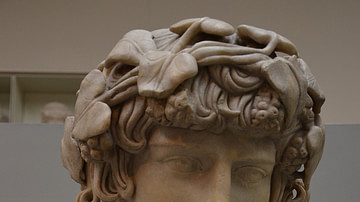
Definition
Antinous
Antinous (l. c. 110-130 CE) was a youth of Bithynia who became the beloved of the Roman emperor Hadrian (l. 76-138 CE, r. 117-138 CE) from around the age of 13 until his death at nearly 20. His year of birth is unknown as are any details...
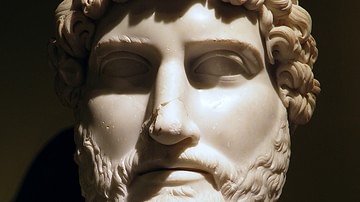
Definition
Hadrian
Hadrian (l. 78-138 CE) was emperor of Rome (r. 117-138 CE) and is recognized as the third of the Five Good Emperors (Nerva, Trajan, Hadrian, Antoninus Pius, and Marcus Aurelius) who ruled justly. His reign marked the height of the Roman Empire...
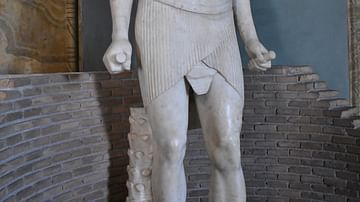
Image
Statue of Osiris-Antinous
The marble statue depicts a man named Antinous and dates back to the Imperial Roman Period of Egypt late in the reign of Emperor Hadrian, about 131-138 CE. Hadrian actually founded and named a city, Antinopolis, after Antinous' death in 130...
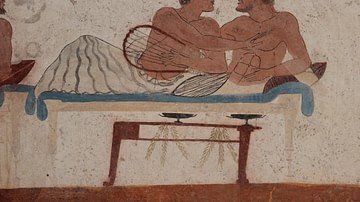
Article
Ten Famous & Not-so-Famous Same-Sex Couples in Ancient History
History is recorded by individual human beings with their own beliefs and interests guiding what they choose to record, and, as such, many events and details may be omitted from the account of a certain event or the story of a great person’s...
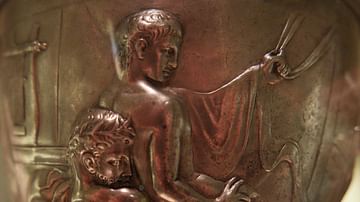
Article
Ten Ancient LGBTQ Facts You Need to Know
Issues in the modern-day regarding gender identity and civil rights for members of the LGBTQ community are a relatively recent phenomenon as are the terms 'homosexual' and 'heterosexual'. In ancient societies, there was no distinction made...

Image
Antinous as Silvanus
Marble relief depicting Antinous as Silvanus (god of woods and fields) harvesting grapes. Antinous is wearing a pine wreath and the exomis, the Greek tunic fastened over the left shoulder only. He is accompanied by a hound and carries a pruning...
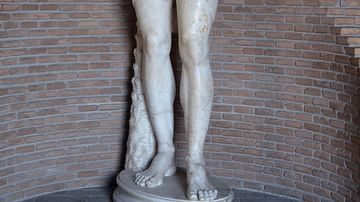
Image
Antinous as Osiris
Statue of Antinous as Osiris in white marble, 131-138 CE, probably found in the Antinoeion at Hadrian's Villa (a sanctuary dedicated to Antinous). Now in Vatican Museums (Gregorian Egyptian Museum).

Image
Antinous as Dionysus
Marble bust of Antinous as Dionysus, from Rome, 130-140 CE. (British Museum)
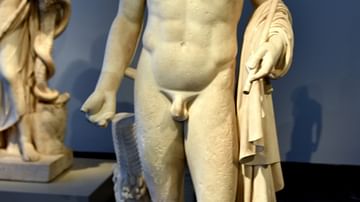
Image
Antinous as Omphalos Apollo
This torso, amended to resemble the statue of the Capitoline Antinous in Rome, belongs to a series of ancient copies of the so-called "Omphalos Apollo". This famous Greek original from around 460 BCE is preserved in several ancient copies...
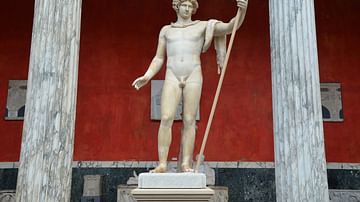
Image
Antinous as Dionysus
Colossal statue of Antinous as Dionysus. It is exhibited at the Ny Carlsberg Glyptotek in Copenhagen (Denmark).